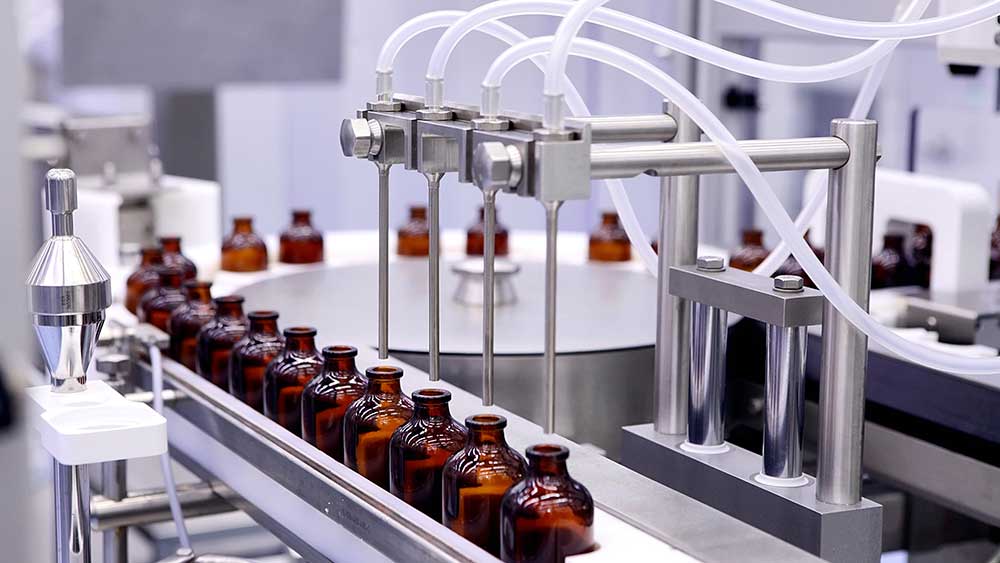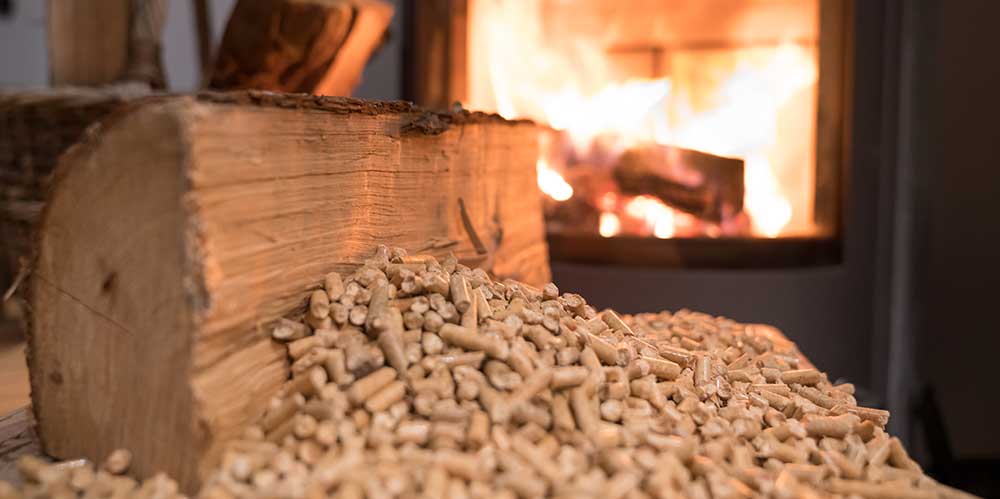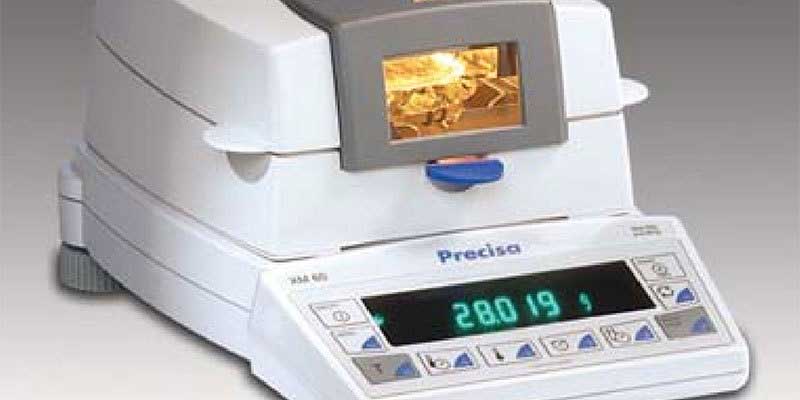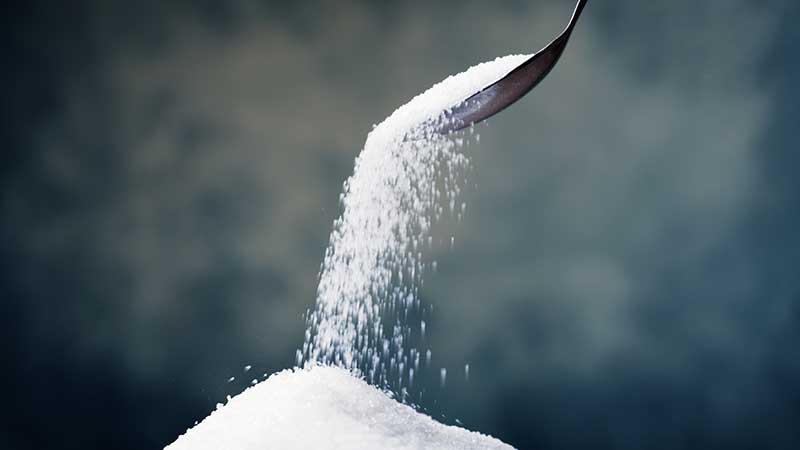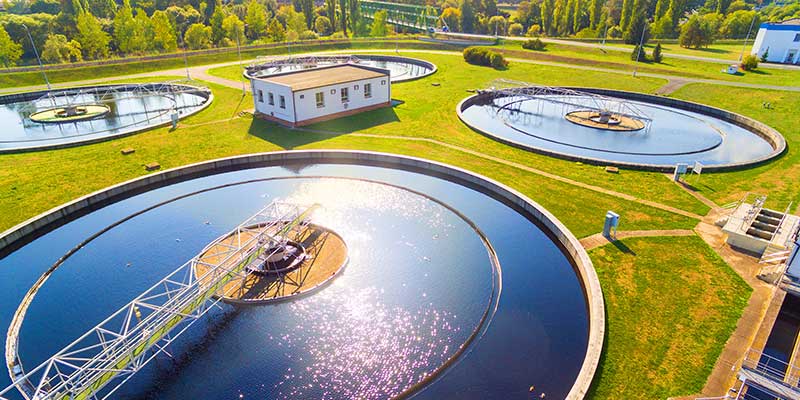Moisture Analyzers
Ensure Quality and Consistency with Moisture Analysis for Liquids
How Moisture Analyzers Ensure Efficient and Clean Burning Wood Pellets
Using a Moisture Analyzer for Wheat Quality Control
How to Prepare a Sample for Moisture Analysis
How to Determine Moisture Content
Determining and Confirming Moisture Content in Food
As reported in Wikipedia, “Food moisture analysis involves the whole coverage of the food items in the world because foods are comprising a considerable amount of water rather than other ingredients.” Food Technology notes “Both moisture content and water activity… are important in formulating products for safety and stability.” This post describes how benchtop moisture…
Using Moisture Analysis to Optimize Product Quality and Processes
Selection Tips for Moisture Analyzers
Choosing a Moisture Analyzer for Sludge Dewatering Operations
Host sewage treatment plants discharge biosolids called cake containing 70 to 80% water. The balance represents nutrient-rich organic material that thanks to modern processing techniques has value both as a fuel and as a biologically inert, odor- and disease-free product for blending in soil composts.

